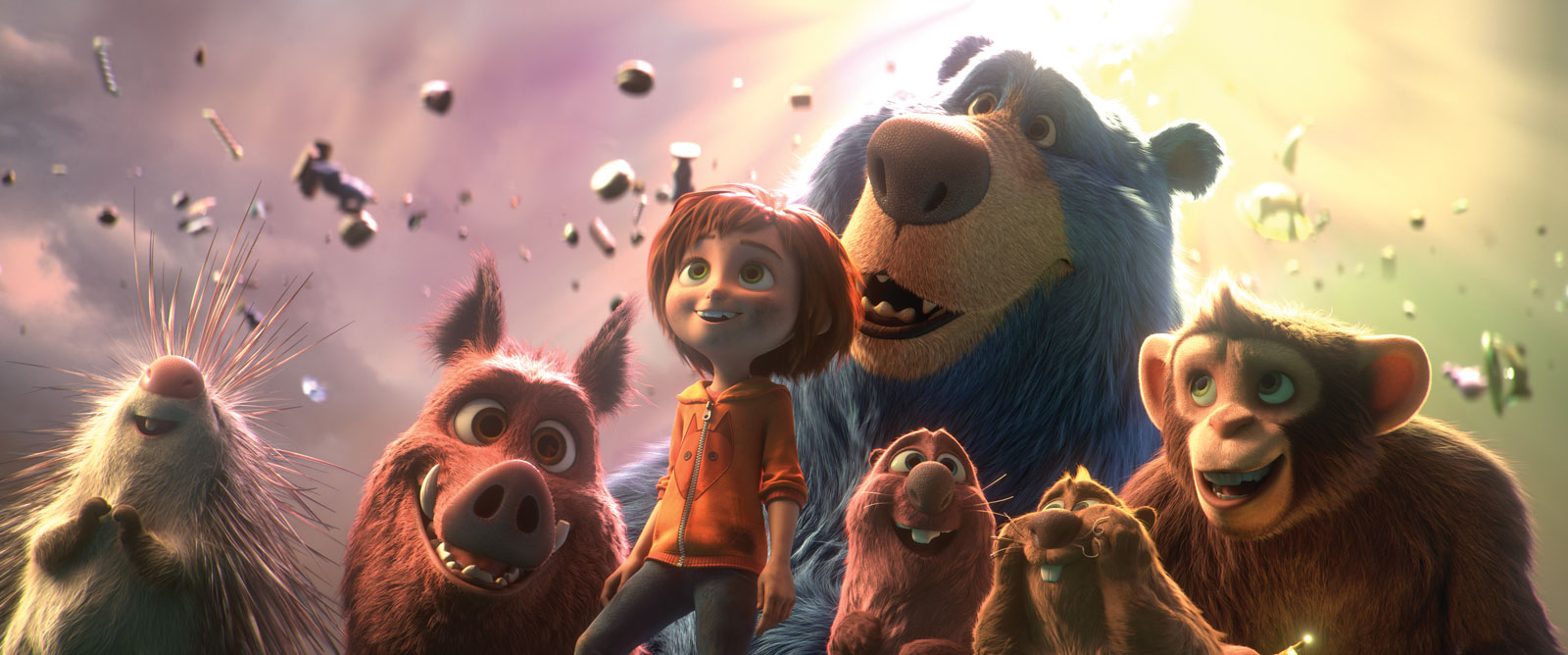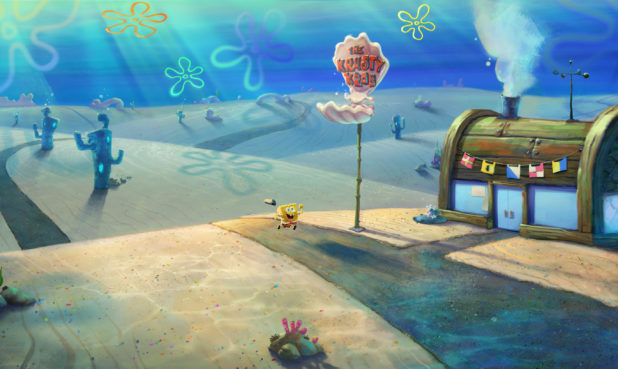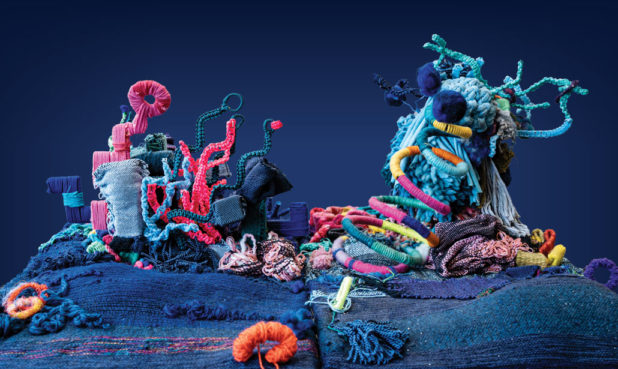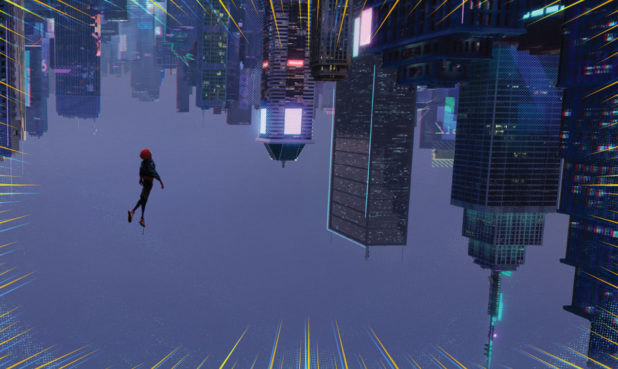And, there, she meets a motley crew of furry friends and enemies—in the form of an army of chipanzombies. Character designer Taylor Krahenbuhl was one of the artists tasked with bringing these creatures and humans to life. Here, he tells us about his creative process.
What was your brief when it came to character design on Wonder Park?
It was really an open ended brief and up to our interpretation of what we wanted to do with the characters visually. I remember the first assignments I was given were the parents in the film, June’s Mom and Dad. I was also lucky enough to help in designing the bear, the two beavers, and the porcupine. In general, we were at a stage in the production to try out different styles that we thought would be unique and appealing.
Can you talk a little bit about the inspiration behind the character design?
I was definitely inspired by the story team in regards to the character designs. The gags, story moments, and even the way they designed the characters in the storyboard itself became a big part of how I tried to bring the characters to life. Mark Dindal at one point drew the two beavers as these crazy-eyed candy maniacs and I fell in love with that idea. To emphasis that point I attempted to give them very expressive eyes and wiry whiskers. I saw them as two brothers that were always causing trouble and always working hand in hand. Those designs came to life because of the great ideas from Mark and the story team.
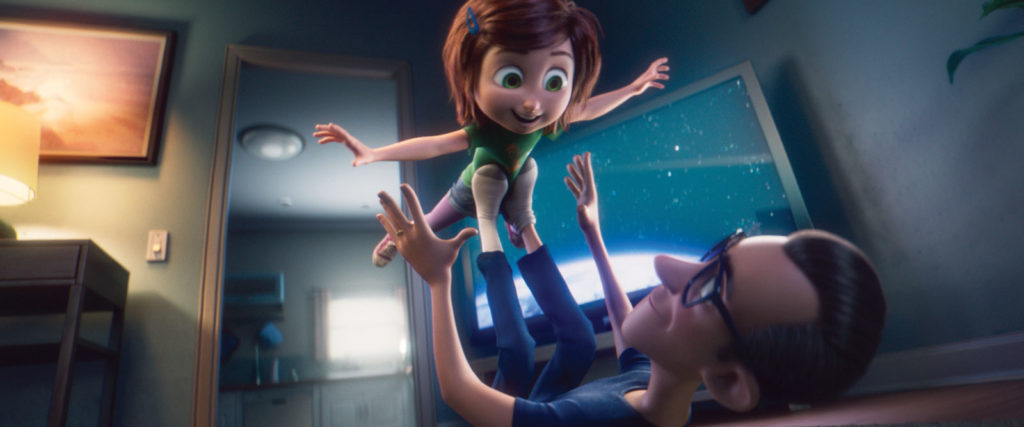
What were some of the challenges?
Designing characters with an evolving story. There are many changes to a script, characters are added and some are taken away, themes emerge over time, personalities are being created and molded as you design. It’s the nature of animation and storytelling.
What are you most proud of?
I’m proud of the fact that some of my rough sketches somehow passed through production with approvals and were then put into many other artists’ hands. Those characters are now living and breathing in the film. In the grand scheme of things, my role was small. When the entire team got their hands on the designs it was magic.
Wonder and magic is a huge component in this film. How did that impact the design?
I don’t think the magical elements in the film necessarily influenced the designs. What I can speak to is the magic I saw in the original concept art created for the film. Chris Appelhans had a visual development painting that was hung on a wall down the hall from where I worked. I would pass by it every single day. There was such a fantastic mood and color palette packed into that design. For one reason or another, the mood and color palette of the animals became very playful, which in turn blended well with the environment designs. The overall effect seemed to magnify the idea of magic.
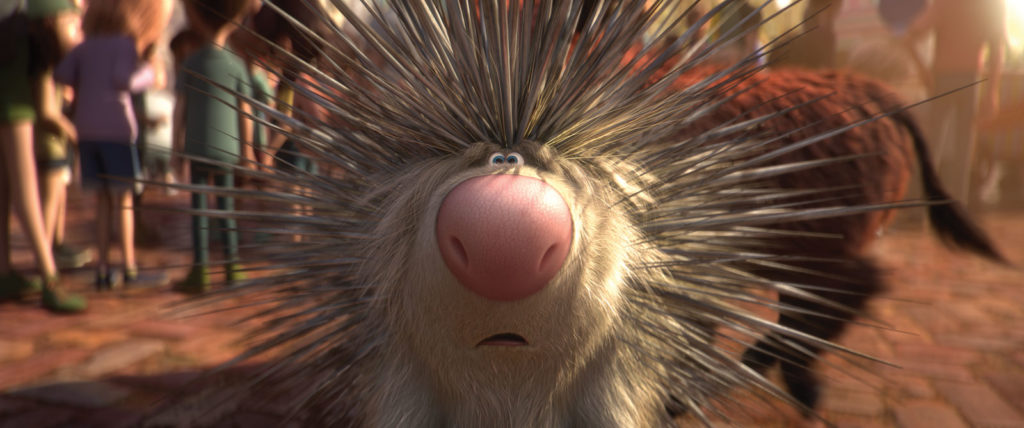
Do you approach design differently when you are doing a 2D versus 3D project?
When designing a character in the beginning I always try to make it appealing regardless of the project being 2D or 3D. I tend to work with more graphic shapes up front. During the production phase all drawings of turnarounds, facial expressions, and any other sketches that help define the form of the character [need] to be resolved specifically for the 3D space.
